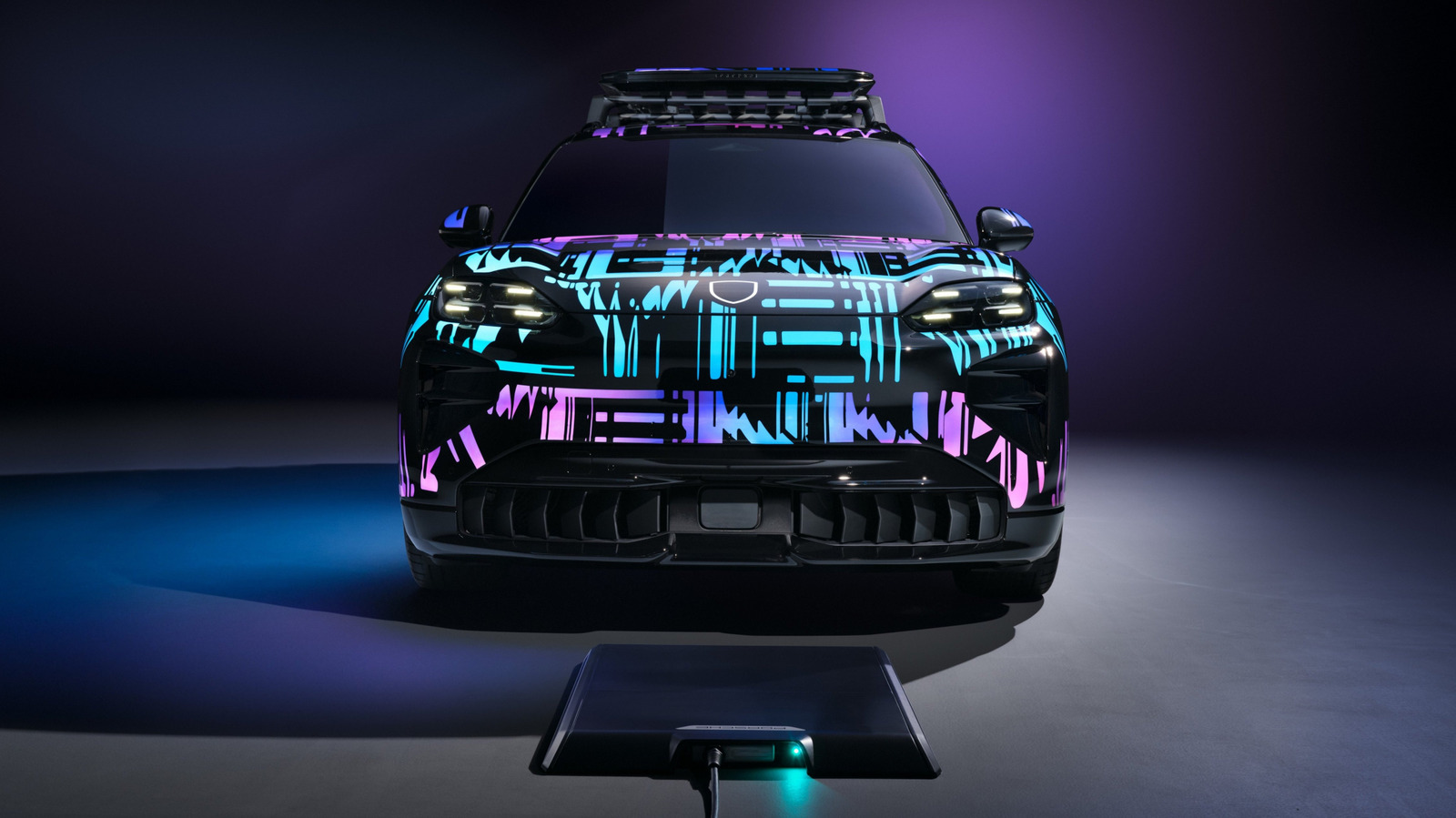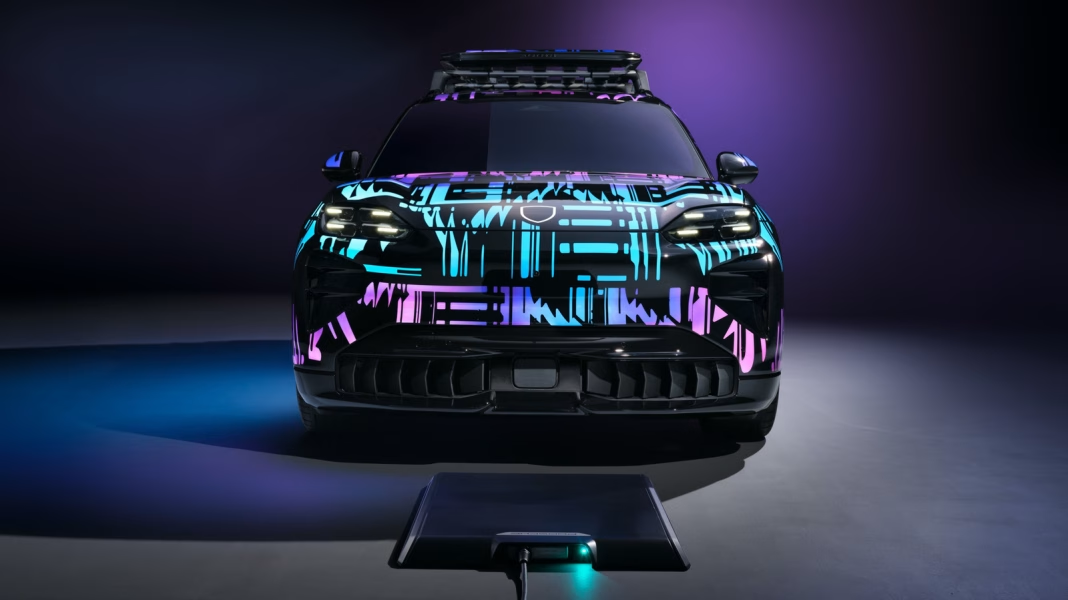How Does Wireless Charging Work for the Electric Cayenne?
Picture this: you pull into your garage, step out of your Porsche Cayenne EV, and—without touching a single cable—your car starts charging. That’s the promise of inductive charging, and Porsche is bringing it to the Cayenne’s electric lineup. But how does it actually work, and is it as efficient as plugging in?
Inductive charging uses electromagnetic fields to transfer energy between two coils—one in the charger pad on your garage floor, and one in the car itself. When the Cayenne is parked over the pad, the system aligns the coils, and electricity flows wirelessly at up to 11 kW. No fumbling with cords, no worrying about plugging in on a rainy night. Just park and let the tech do its thing.
Is 11 kW Fast Enough for Everyday Charging?
Let’s get real: charging speed is a big deal for EV owners. The Cayenne’s optional inductive charger delivers up to 11 kW, which is on par with many Level 2 home chargers. For context, 11 kW can add roughly 25-30 miles of range per hour, depending on the vehicle’s efficiency. That means an overnight charge is more than enough for most daily commutes or errands.
While it’s not as blisteringly fast as some public DC fast chargers (which can hit 150 kW or more), the 11 kW wireless setup is designed for convenience at home. According to a 2023 report from the International Energy Agency, over 80% of EV charging happens at home or work, where speed is less critical than ease of use. For most drivers, plugging in overnight is already a habit—inductive charging just makes it effortless.
What Are the Real-World Benefits of Going Cordless?
If you’ve ever tripped over a charging cable or found it frozen to the driveway in winter, you’ll appreciate the appeal of wireless charging. It’s not just about luxury—it’s about making EV ownership more seamless. Families with kids or pets running around the garage? One less hazard to worry about. Limited mobility? No more wrestling with heavy cables.
There’s also a subtle but powerful psychological benefit. When charging is invisible and automatic, you’re less likely to forget. That means fewer mornings spent scrambling for a quick top-up before work. Over time, those small conveniences add up to a better ownership experience.
Are There Any Downsides or Trade-Offs?
No technology is perfect, and inductive charging is no exception. Wireless systems tend to be slightly less efficient than wired ones—typically losing 5-10% of energy in the transfer. That means a bit more electricity is needed to deliver the same charge, which could add up on your utility bill over time.
Installation costs are another factor. The hardware for inductive charging is more complex than a standard wall box, and you’ll need professional installation to ensure everything lines up correctly. Still, for many buyers in the luxury EV segment, the convenience may outweigh the extra upfront cost.
How Does Porsche’s System Compare to Other Wireless Chargers?
Porsche isn’t the first automaker to dabble in wireless charging, but its approach stands out for a couple of reasons. First, the 11 kW output is among the highest currently available for home inductive systems. Some earlier wireless chargers topped out at 3.6 or 7 kW, making them less practical for larger batteries.
Second, Porsche’s system is designed with precision alignment in mind. The car and charger communicate to ensure the coils are perfectly positioned, maximizing efficiency and safety. According to industry experts, this level of integration reduces the risk of misalignment, which can otherwise slow charging or cause unnecessary wear.
What Should You Consider Before Choosing the Inductive Option?
If you’re eyeing the electric Cayenne and thinking about adding the wireless charger, ask yourself a few questions. Do you value convenience over absolute efficiency? Is your garage layout compatible with a floor-mounted pad? Are you willing to invest a bit more upfront for a cleaner, cable-free setup?
It’s also worth checking with your local utility or installer about incentives. Some regions offer rebates for EV charging equipment, which could offset the initial cost. And as wireless charging becomes more mainstream, expect prices to drop and compatibility to improve.
The Big Takeaway: Is Wireless Charging Worth It for the Cayenne EV?
The big takeaway? Wireless charging for the electric Cayenne isn’t about perfection—it’s about smarter adjustments. Start with one change this week, and you’ll likely spot the difference by month’s end. Whether it’s the convenience of a cable-free garage or the peace of mind knowing your car is always ready to roll, the benefits are real. And as the technology matures, it’s only going to get better.


